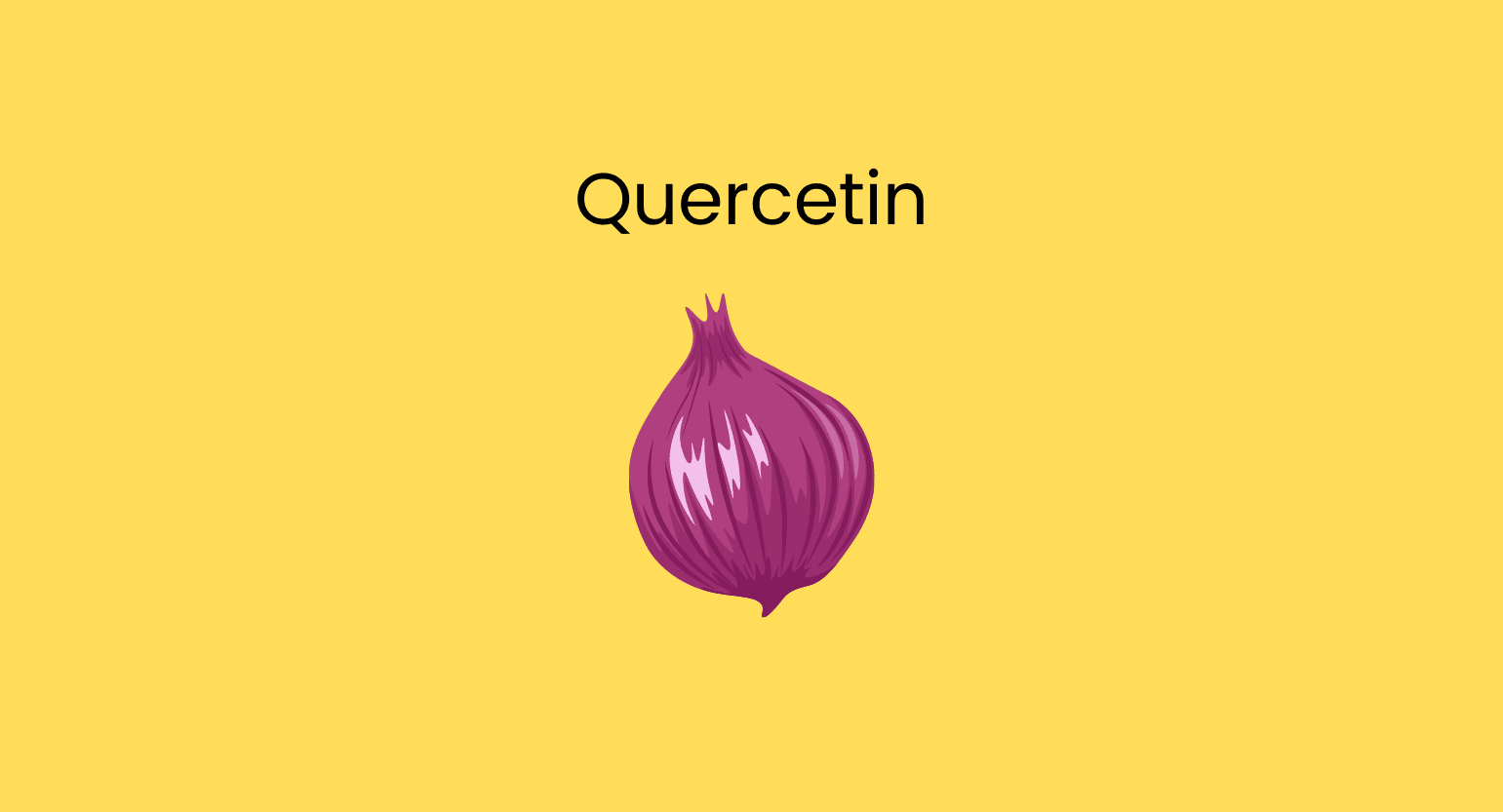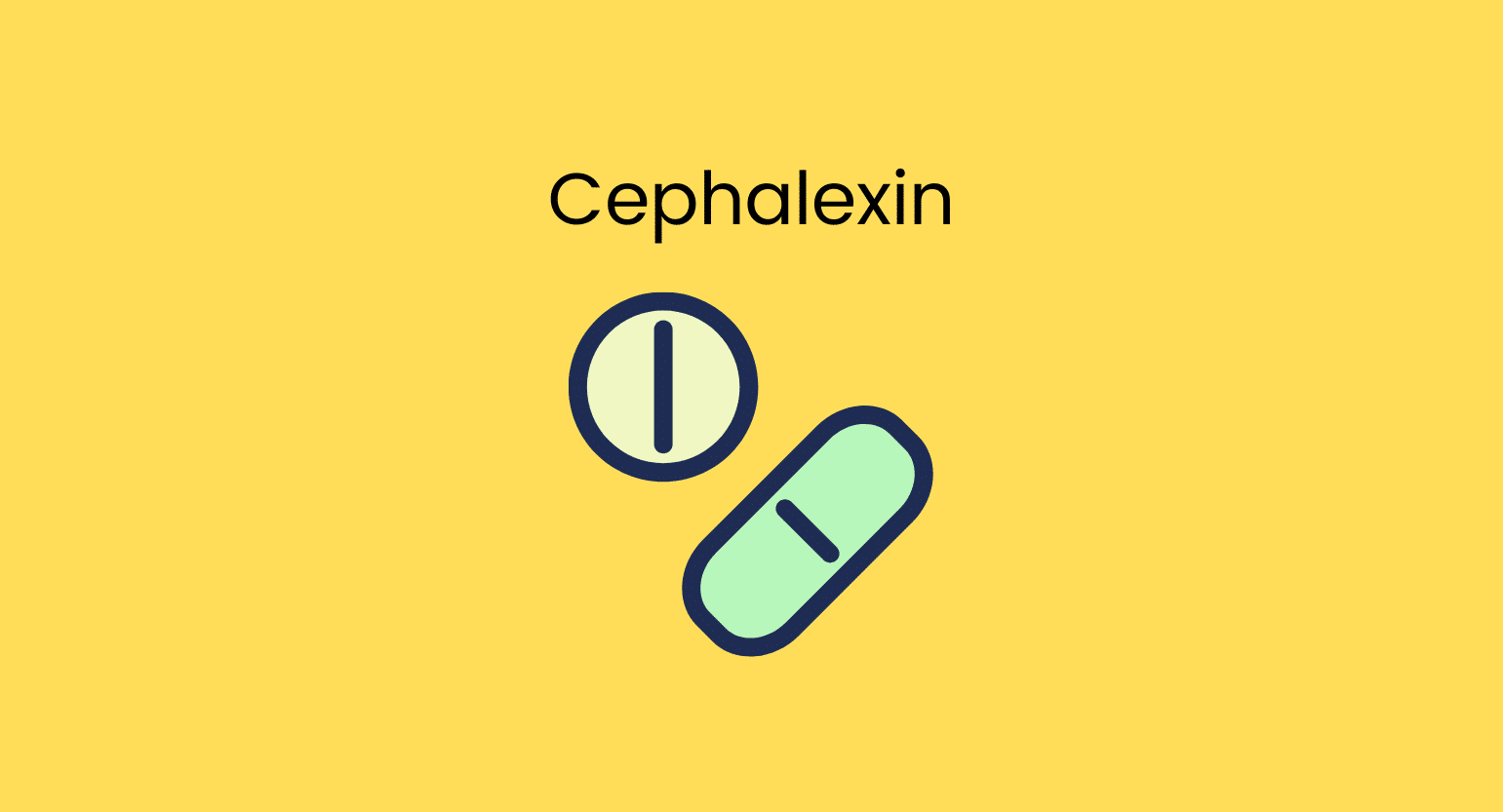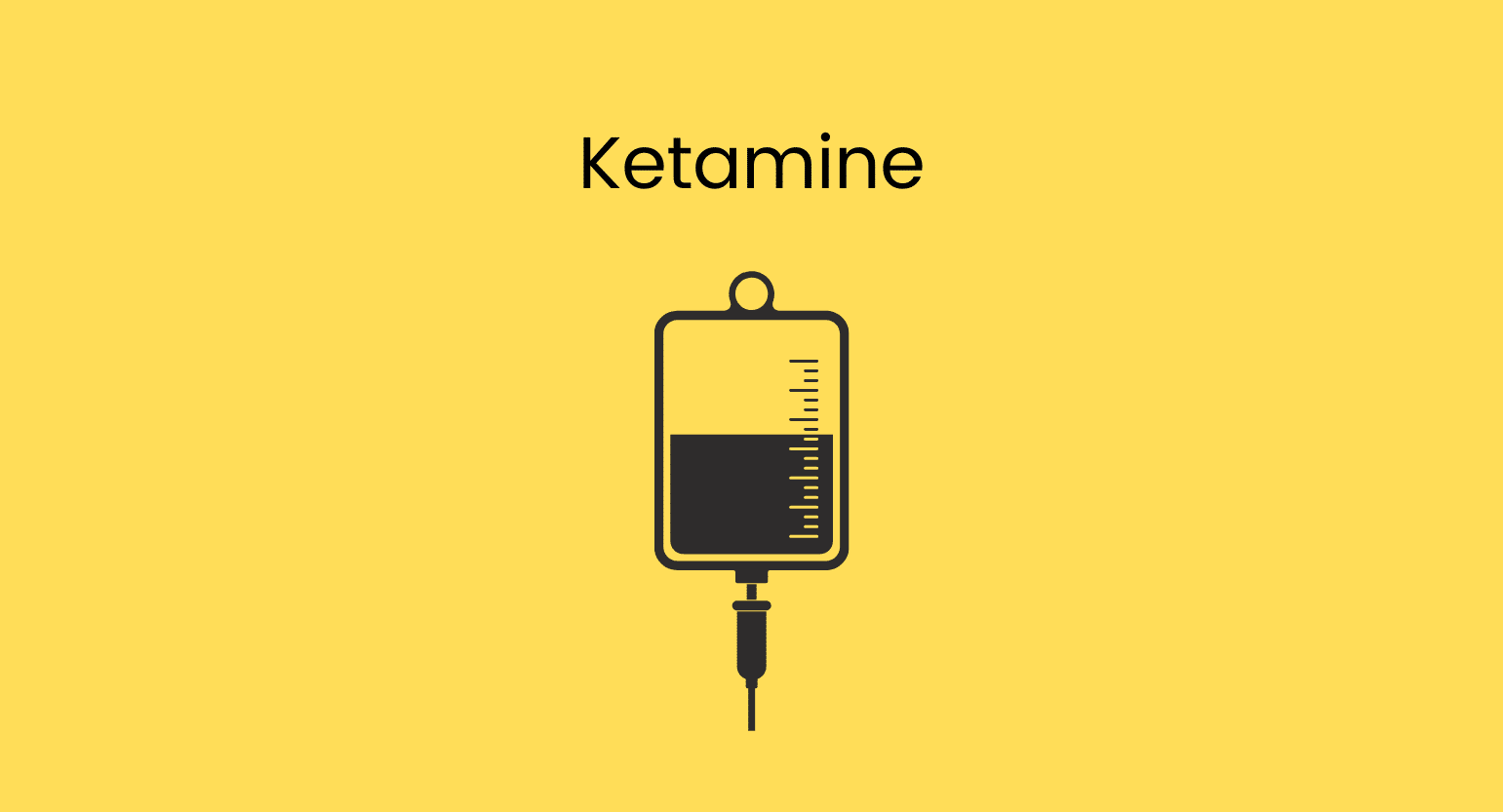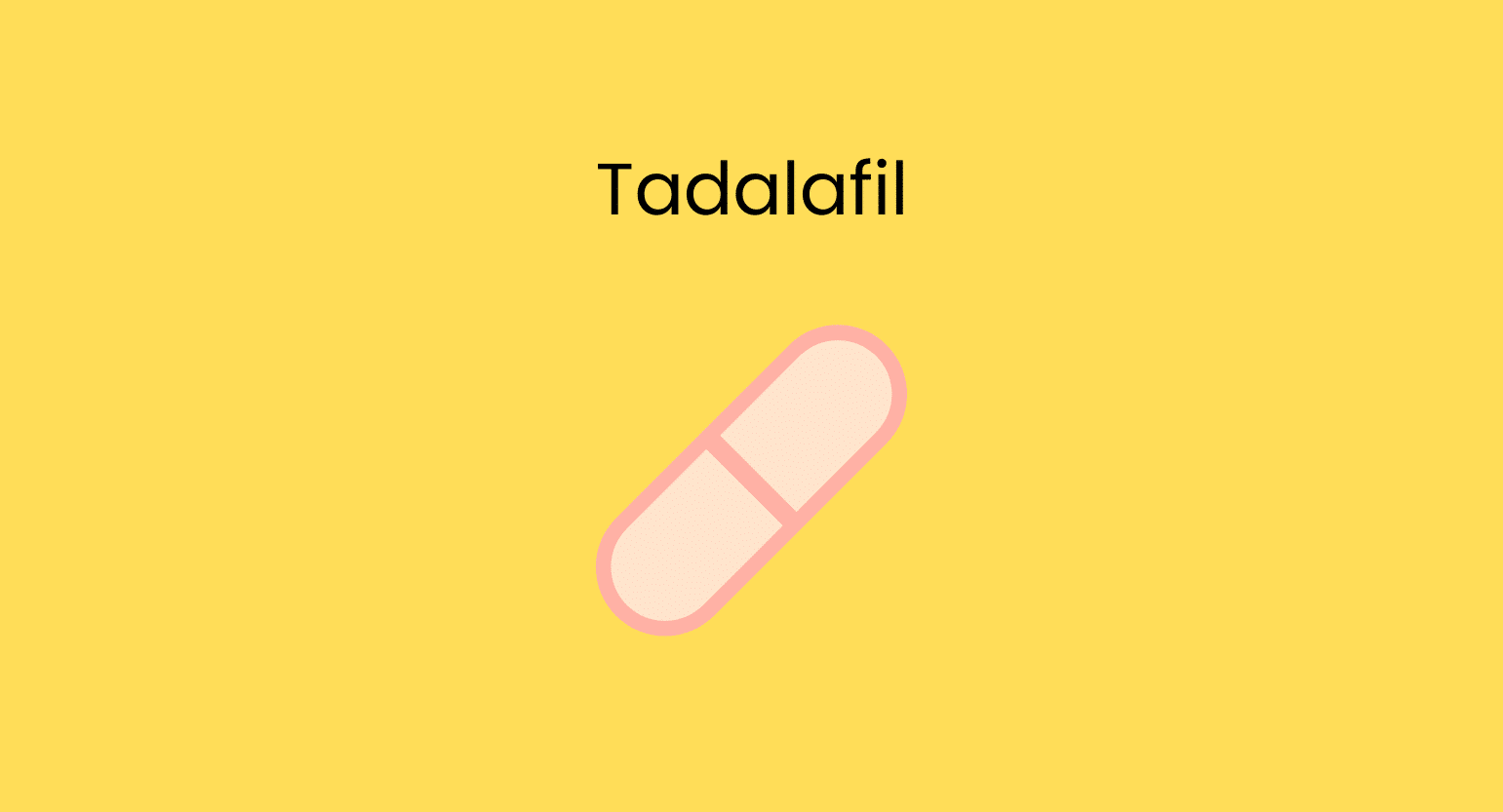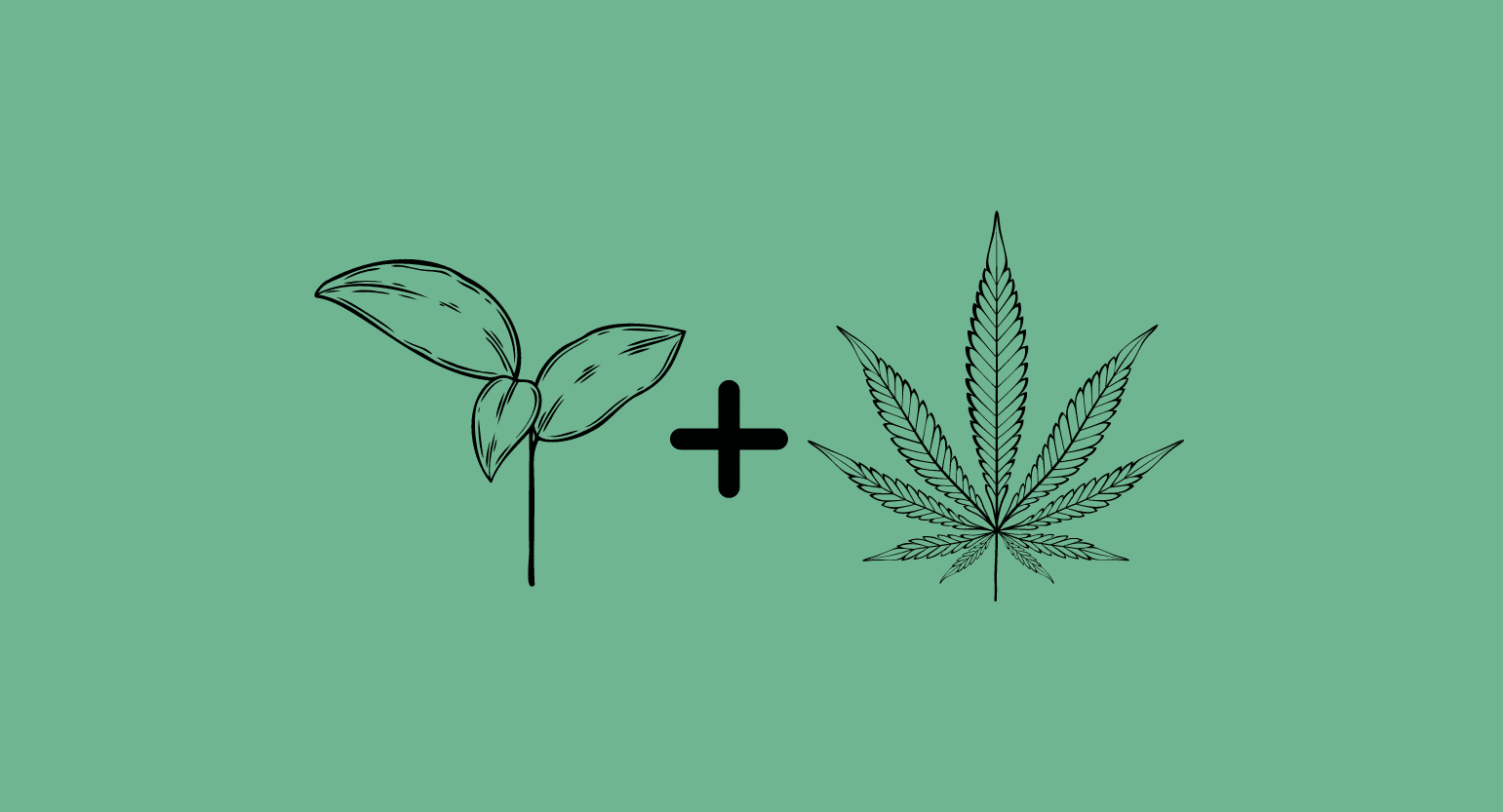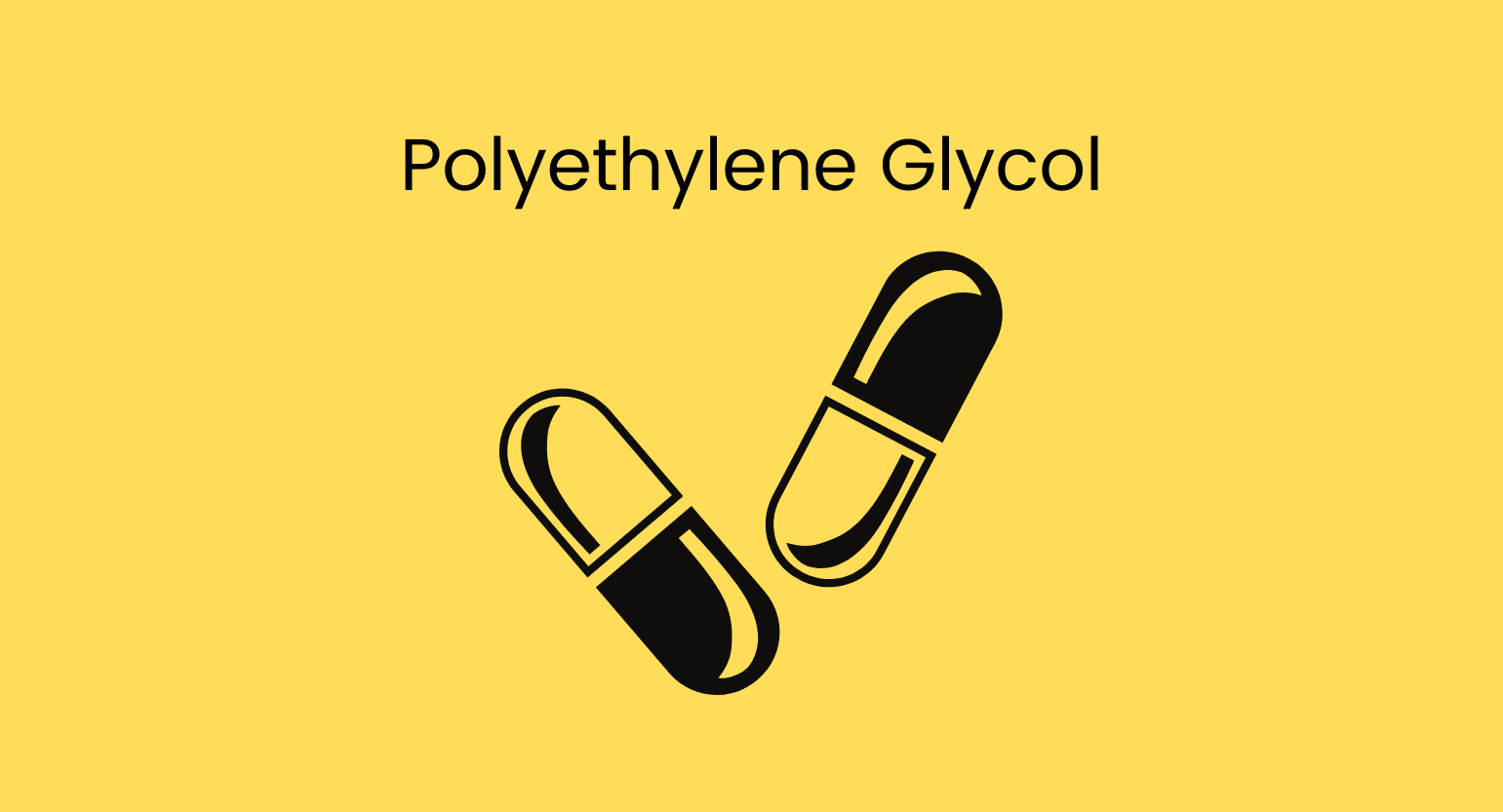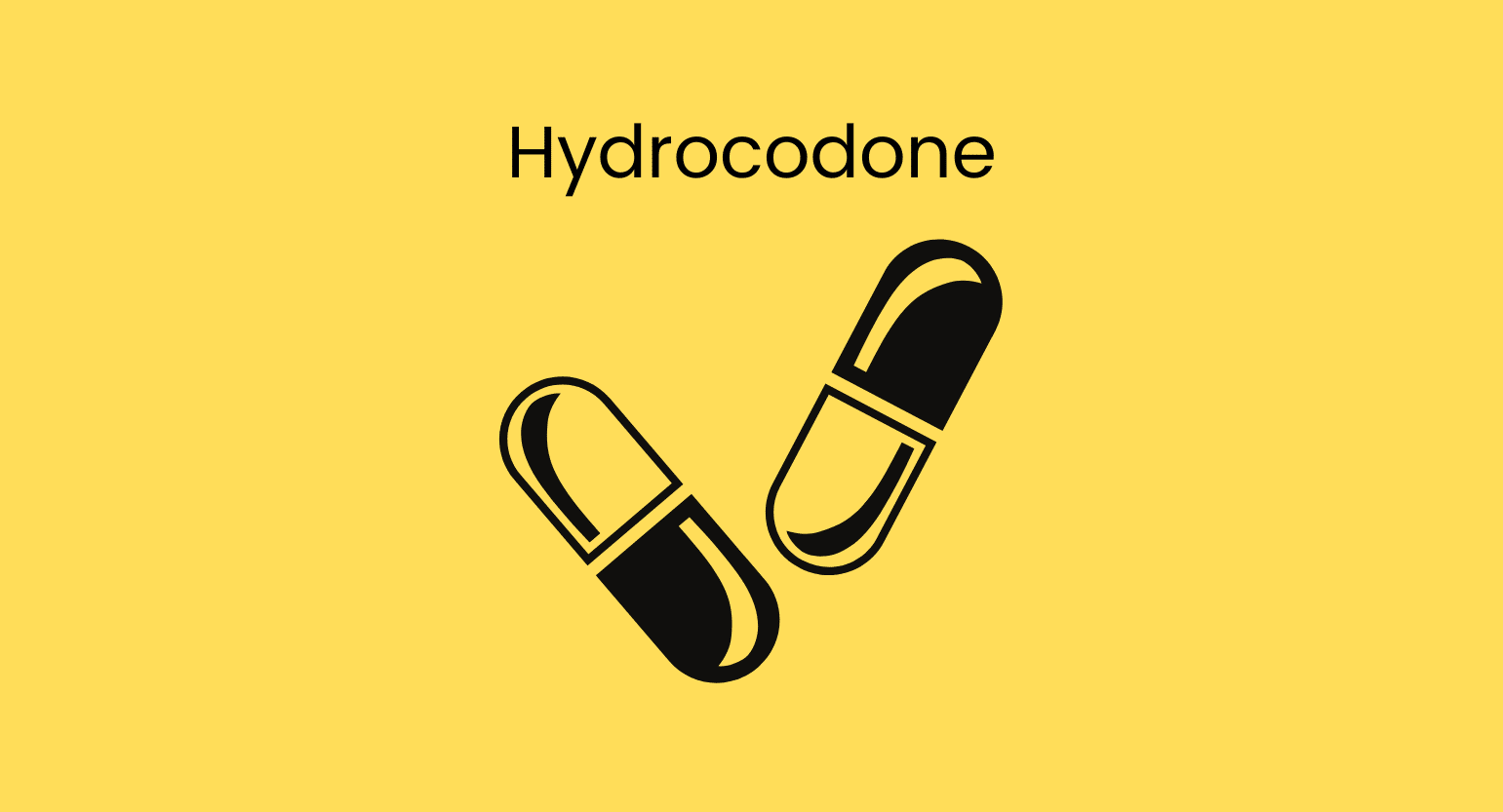Does Kratom Interact With Quercetin (Quercetin Bromelain)?
Kratom can interact indirectly with quercetin and as a result of behaviors that are fundamentally opposed. Kratom can work against quercetin’s effects, causing a mild to moderate interaction.
Always with your prescribing physician before combining kratom and quercetin.
The interaction of kratom and quercetin can take two forms:
Kratom Can Decrease Quercetin’s Effects (Antagonistic Interaction)
While small doses of kratom may decrease blood pressure, long-term use may cause blood pressure to rise, posing significant health risks.
When two drugs with opposing effects on the body are combined, their effects might cancel out. This pharmacological phenomenon is known as an antagonistic interaction.
By elevating blood pressure, the stimulating effects of kratom may operate against the anti-hypertensive effects of quercetin.
Because both medications have opposing effects, taking them together can cancel out each other’s effects, raising blood pressure and causing more problems.
Quercetin’s Metabolization May Be Slowed Down (Metabolic Competition)
There is a possible chance of metabolic interaction between quercetin and kratom.
Kratom is metabolized by the cytochrome enzymes of the liver, namely CYP3A4, CYP2D6, and CYP2C9 [1].
Consuming quercetin with drugs metabolized by CYP2C19, CYP2D6, or CYP3A4 may cause significant herb-drug interactions [2]. Quercetin can inhibit the body’s CYP2D6, CYP2C19, and CYP3A4 enzymes [3].
Because of this, combining kratom and quercetin can slow down the metabolization rate, leading them to last longer in the body and causing more side effects.
Kratom & Flavonoids Interactions
Quercetin is a flavonoid most typically used to treat heart and blood vessel problems and prevent cancer [4]. It also helps with diabetes, arthritis, and bladder infections.
Flavonoids have anti-inflammatory properties and protect cells from oxidative damage, resulting in disease. With these dietary antioxidants, cardiovascular disease, diabetes, cancer, and cognitive illnesses like Alzheimer’s and dementia can all be prevented.
There are a few other flavonoids, all of which will share a similar level of risk when used alongside kratom.
Other flavonoids that kratom will interact with include:
- Apigenin
- Baicalein
- Biochanin A
- Chrysin
- Daidzein
- Eriodictyol
- Formononetin
- Genistein
- Glycitein
- Hesperetin
- Isorhamnetin
- Kaempferol
- Luteolin
- Myricetin
- Naringenin
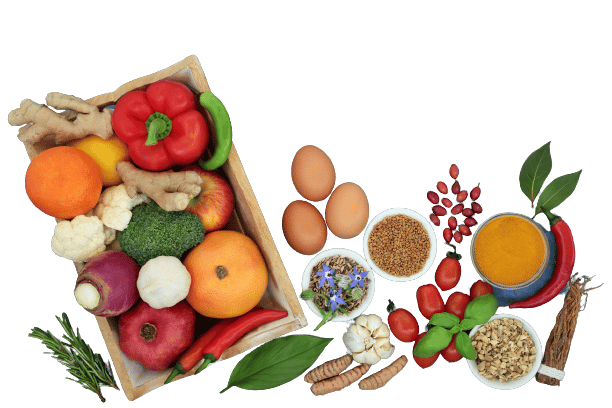
Is it Safe to Take Kratom With Quercetin?
Kratom can raise blood pressure, counteracting the antihypertensive effects of quercetin. This is highly likely while taking high doses of both drugs for a long time.
Besides this, a metabolic interaction between the two drugs could delay their metabolization rate, making them last longer in the body. Ultimately, this can cause dangerous side effects like a rise in blood pressure, renal failure, etc.
Consult your prescribing physician before using these medications. You should never start them on your own. Also, contact your doctor immediately if you encounter any unusual side effects.
Quercetin Details & Specifications:

| Drug Name | Quercetin |
| Trade name | Doctor’s Best Best Quercetin with Bromelain, Natural Factors Bioactive Quercetin, Bluebonnet Super Quercetin, NOW Foods Quercetin, Thorne Research Quercenase, MoxyVites Quercetin, Sandhu’s Zinc Quercetin |
| Classification | Flavonoid |
| CYP Metabolism | Not known. However, it inhibits CYP2D6, CYP2C19, and CYP3A4 |
| Interaction With Kratom | Antagonistic and metabolic inhibition. |
| Risk of Interaction | Mild to Moderate |
What is Quercetin (Quercetin Bromelain)?
Quercetin is a flavonoid compound that is also called a polyphenolic compound. Kale, onions, berries, apples, red grapes, broccoli, cherries, tea, and red wine are some foods rich in quercetin.
Quercetin helps prevent osteoporosis, cancer, tumors, and lung and cardiovascular problems. Quercetin’s antioxidant properties are essential in preventing and treating such disorders [5].
Quercetin may also demonstrate considerable antioxidant activity after creating a complex or combining to generate specific unique formulations employed in human health care, owing to its high solubility and bioavailability.
What is Quercetin (Quercetin Bromelain) Used For?
Quercetin is used for several indications. Some of these are:
As An Antioxidant
Quercetin works as an antioxidant [5]. Quercetin’s antioxidant action is primarily demonstrated by its effects on glutathione (GSH), enzymatic activity, signal transduction pathways, and reactive oxygen species (ROS) produced by environmental and toxicological stimuli.
By maintaining oxidative balance, quercetin has considerable antioxidant benefits like reducing the risk of chronic diseases, protecting against oxidative stress, and enhancing immune function.
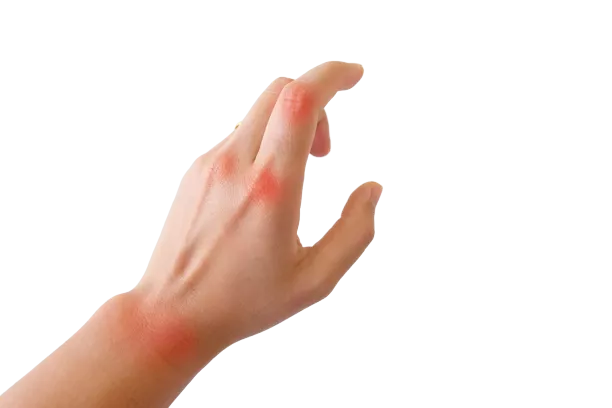
As An Anti-inflammatory Medication
Quercetin also possesses anti-inflammatory properties. In human cells, quercetin lowered inflammatory markers such as tumor necrosis factor-alpha (TNF) and interleukin-6 (IL-6) [6].
Quercetin can also help counteract symptoms of conditions such as rheumatoid arthritis. An 8-week study of 50 women with rheumatoid arthritis found that taking 500 mg of quercetin significantly reduced early morning stiffness, morning discomfort, and after-activity pain [7].
As a Treatment for Allergies
The anti-inflammatory effects of quercetin may help with allergy symptoms. Quercetin appears to disrupt enzymes involved in inflammation and reduce inflammation-promoting substances like histamine [8].
Quercetin is known for its anti-allergic qualities, including immune system activation, antiviral activity, inhibition of histamine release, reduction of pro-inflammatory cytokines, leukotriene generation, and suppression of interleukin IL-4 production. It can improve Th1/Th2 balance and prevent the production of antigen-specific IgE antibodies.
It inhibits enzymes, including lipoxygenase, eosinophil, and peroxidase, and reduces inflammatory mediators. These abilities help quercetin’s anti-inflammatory and immunomodulating effects, which can treat bronchial asthma, allergic rhinitis, and restricted peanut-induced anaphylaxis reactions.

As a Treatment for Cancer
Quercetin also possesses anti-cancer properties.
Quercetin can inhibit prostate cancer via various mechanisms [9]. It can induce the death of cancer cells in prostate cancer and has been shown to have a chemopreventive effect on cancer cells.
Slow Down Degenerative Neurological Conditions
Quercetin may have neuroprotective effects and slow down conditions such as Alzheimer’s [10].
Quercetin has garnered the most attention as a nutraceutical with neuroprotective properties in the developing, adult, and aging neurological systems. Quercetin has demonstrated neuroprotective effects in numerous models of neuronal damage and neurodegenerative disorders and against neurotoxic compounds.
Quercetin’s neuroprotective effects might be because of its ability to induce Nrf2-ARE and the antioxidant/anti-inflammatory enzyme paraoxonase 2 (PON2). Quercetin has also been demonstrated to activate sirtuins (SIRT1), encourage autophagy, and act as a phytoestrogen. All of these processes aid in neuroprotection.
Reduce Blood Pressure
According to research, quercetin may help lower blood pressure [11] and relaxes blood arteries. The vasodilator effects of quercetin and its metabolites were more significant in resistant arteries.
Another systematic review showed that daily consumption of more than 500 mg of quercetin supplement lowered systolic and diastolic blood pressure. This review included 9 human trials involving 580 persons [12].

What’s the Dose of Quercetin (Quercetin Bromelain)?
The recommended dose of quercetin is 400-500 mg orally three times per day or as the physician recommends [13, 14].
Generic & Brand Name Versions
Quercetin is available in the market under the following brand names:
- Doctor’s Best Best Quercetin with Bromelain
- Natural Factors Bioactive Quercetin
- Bluebonnet Super Quercetin
- NOW Foods Quercetin
- Thorne Research Quercenase
- MoxyVites Quercetin
- Sandhu’s Zinc Quercetin

What Are the Side Effects of Quercetin (Quercetin Bromelain)?
The most common side effects of quercetin include:
- Breathing difficulty
- Headache
- Hypersensitivity
- Nephrotoxicity
- Paresthesia
Pregnant women, breastfeeding women, and people with renal failure and kidney diseases should avoid quercetin.
What is Kratom?
Kratom (Mitragyna speciosa) is a Southeast Asian evergreen tree humans have used for centuries as traditional medicine. Natives in countries like Vietnam, Indonesia, Thailand, and Cambodia, traditionally chew the herb to combat pain and fatigue during labor in the rice fields.
Kratom’s active alkaloids —mitragynine and 7-hydroxymitragynine —bind to the opioid receptors in the brain, but they are not opioids. Kratom functions as a stimulant in low doses, making users feel more energized. It decreases pain and serves as a sedative at high doses.

What’s Kratom Used For?
In recent years, kratom has gained popularity in the United States and other countries as a natural alternative to opioid pain medications. The medicinal herb is now being used for its stimulant effects and as a treatment for various ailments, including:
- Anxiety
- Arthritis
- Benzodiazepine withdrawal
- Depression
- Elevate mood
- Enhance physical endurance
- Fatigue
- Fibromyalgia
- Muscle aches
- Opioid addiction and withdrawal
- Pain
- Psoriatic arthritis
Note: It is important to note that kratom is not currently approved by the Food and Drug Administration (FDA) for treating any medical condition.
What is the Dose of Kratom?
There is no set dose, but there are averages. To know where to start, figure out the effects you’re after. Remember, low doses are stimulating and best for mood, while larger amounts are for pain and insomnia.
Kratom dosage guidelines:
- Low doses — 2-5 g
- Medium doses — 6-8 g
- Large doses — 9-12 g
What Are the Side Effects of Kratom?
Kratom is safe, but there are side effects to be aware of. However, these are more common with higher doses. If they become an issue, try using less.
- Abnormal heart rhythms
- Anxiety
- Constipation
- Drowsiness
- Dry mouth
- Headaches
- Itching
- Liver failure
- Low libido
- Nausea
- Vomiting
- Withdrawal symptoms with long-term use
Take breaks from kratom every week and use the smallest amount possible to avoid addiction.
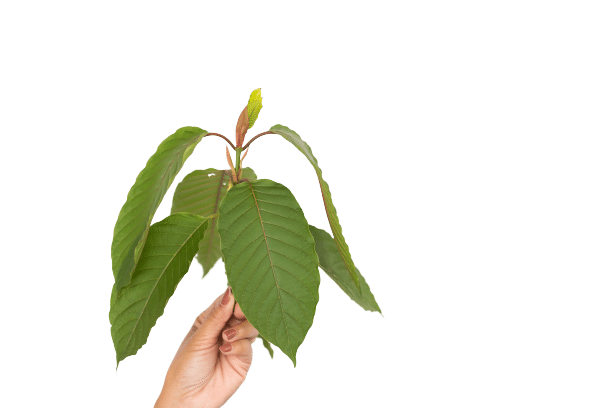
What Are the Different Types of Kratom?
Another factor in kratom’s effects is the strain used. While all kratom has the same overall effects, each strain has its “specialty.”

White Vein Kratom
White veined leaves are picked before they reach full maturity. These strains are well-known for their stimulating properties and can help provide better cognitive performance, improve mental concentration, give an energy boost, and provide an elevated, mildly pleasant sensation. It has effects that are comparable to caffeine.

Red Vein Kratom
Before a kratom leaf may produce red veins, it must be fully ripe. The alkaloid profile in red-veined kratom gives these strains potent analgesic and anxiolytic effects.
These provide soothing, sedative effects and offer maximum relaxation. Their soothing properties make them great at the end of a long day.

Green Vein Kratom
Green vein kratom comes from medium-mature leaves. The veins had achieved a point where all the positive qualities were at their highest. Green vein kratom is often preferable to white or red vein kratom because the effects are subtle but persistent.
These are energizing and uplifting and help keep a person calm with increased concentration levels.

Yellow Vein Kratom
Yellow vein kratom is a product of a distinct drying procedure, and it is a type of green vein kratom that’s alkaloid content and effects are altered during this drying phase.
It promotes sensations of pleasure and vitality while also reducing anxiety and malaise. It lasts a surprising amount of time and delivers pain alleviation, increased concentration, and a better overall mood.
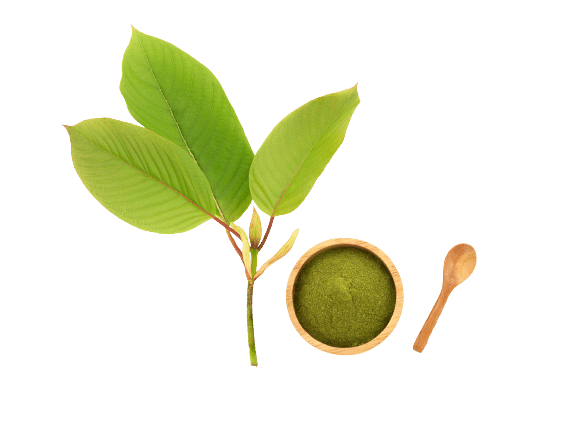
Key Takeaways: Is it Safe to Mix Kratom & Quercetin (Quercetin Bromelain)?
There may be a moderate level of interaction between kratom and quercetin. Quercetin lowers blood pressure while kratom raises it; hence, combining them could counteract each other’s effects.
Never start taking these medications without first consulting your prescribing physician.
- Kamble, S. H., Sharma, A., King, T. I., León, F., McCurdy, C. R., & Avery, B. A. (2019). Metabolite profiling and identification of enzymes responsible for the metabolism of mitragynine, the major alkaloid of Mitragyna speciosa (kratom). Xenobiotica, 49(11), 1279-1288.
- Elbarbry, F., Ung, A., & Abdelkawy, K. (2017). Studying the inhibitory effect of quercetin and thymoquinone on human cytochrome P450 enzyme activities. Pharmacognosy magazine, 13(Suppl 4), S895.
- Chen, Y., Xiao, P., Ou‐Yang, D. S., Fan, L., Guo, D., Wang, Y. N., … & Zhou, H. H. (2009). Simultaneous action of the flavonoid quercetin on cytochrome P450 (CYP) 1A2, CYP2A6, N‐acetyltransferase and xanthine oxidase activity in healthy volunteers. Clinical and Experimental Pharmacology and Physiology, 36(8), 828-833.
- Li, Y., Yao, J., Han, C., Yang, J., Chaudhry, M. T., Wang, S., … & Yin, Y. (2016). Quercetin, inflammation and immunity. Nutrients, 8(3), 167.
- Xu, D., Hu, M. J., Wang, Y. Q., & Cui, Y. L. (2019). Antioxidant activities of quercetin and its complexes for medicinal application. Molecules, 24(6), 1123.
- Chuang, C. C., Martinez, K., Xie, G., Kennedy, A., Bumrungpert, A., Overman, A., … & McIntosh, M. K. (2010). Quercetin is equally or more effective than resveratrol in attenuating tumor necrosis factor-α–mediated inflammation and insulin resistance in primary human adipocytes. The American journal of clinical nutrition, 92(6), 1511-1521.
- Javadi, F., Ahmadzadeh, A., Eghtesadi, S., Aryaeian, N., Zabihiyeganeh, M., Rahimi Foroushani, A., & Jazayeri, S. (2017). The effect of quercetin on inflammatory factors and clinical symptoms in women with rheumatoid arthritis: a double-blind, randomized controlled trial. Journal of the American College of Nutrition, 36(1), 9-15.
- Mlcek, J., Jurikova, T., Skrovankova, S., & Sochor, J. (2016). Quercetin and its anti-allergic immune response. Molecules, 21(5), 623.
- Yang, F., Song, L., Wang, H., Wang, J., Xu, Z., & Xing, N. (2015). Quercetin in prostate cancer: Chemotherapeutic and chemopreventive effects, mechanisms and clinical application potential. Oncology reports, 33(6), 2659-2668. x
- Costa, L. G., Garrick, J. M., Roquè, P. J., & Pellacani, C. (2016). Mechanisms of neuroprotection by quercetin: counteracting oxidative stress and more. Oxidative medicine and cellular longevity, 2016.
- Pérez-Vizcaı́no, F., Ibarra, M., Cogolludo, A. L., Duarte, J., Zaragozá-Arnáez, F., Moreno, L., … & Tamargo, J. (2002). Endothelium-independent vasodilator effects of the flavonoid quercetin and its methylated metabolites in rat conductance and resistance arteries. Journal of Pharmacology and Experimental Therapeutics, 302(1), 66-72.
- Serban, M. C., Sahebkar, A., Zanchetti, A., Mikhailidis, D. P., Howard, G., Antal, D., … & Lipid and Blood Pressure Meta‐analysis Collaboration (LBPMC) Group. (2016). Effects of quercetin on blood pressure: a systematic review and meta‐analysis of randomized controlled trials. Journal of the American Heart Association, 5(7), e002713.
- Jin, F., Nieman, D. C., Shanely, R. A., Knab, A. M., Austin, M. D., & Sha, W. (2010). The variable plasma quercetin response to 12-week quercetin supplementation in humans. European journal of clinical nutrition, 64(7), 692-697.
- Knab, A. M., Shanely, R. A., Henson, D. A., Jin, F., Heinz, S. A., Austin, M. D., & Nieman, D. C. (2011). Influence of quercetin supplementation on disease risk factors in community-dwelling adults. Journal of the American Dietetic Association, 111(4), 542-549.
- Chen, Y., Xiao, P., Ou‐Yang, D. S., Fan, L., Guo, D., Wang, Y. N., … & Zhou, H. H. (2009). Simultaneous action of the flavonoid quercetin on cytochrome P450 (CYP) 1A2, CYP2A6, N‐acetyltransferase, and xanthine oxidase activity in healthy volunteers. Clinical and Experimental Pharmacology and Physiology, 36(8), 828-833.

